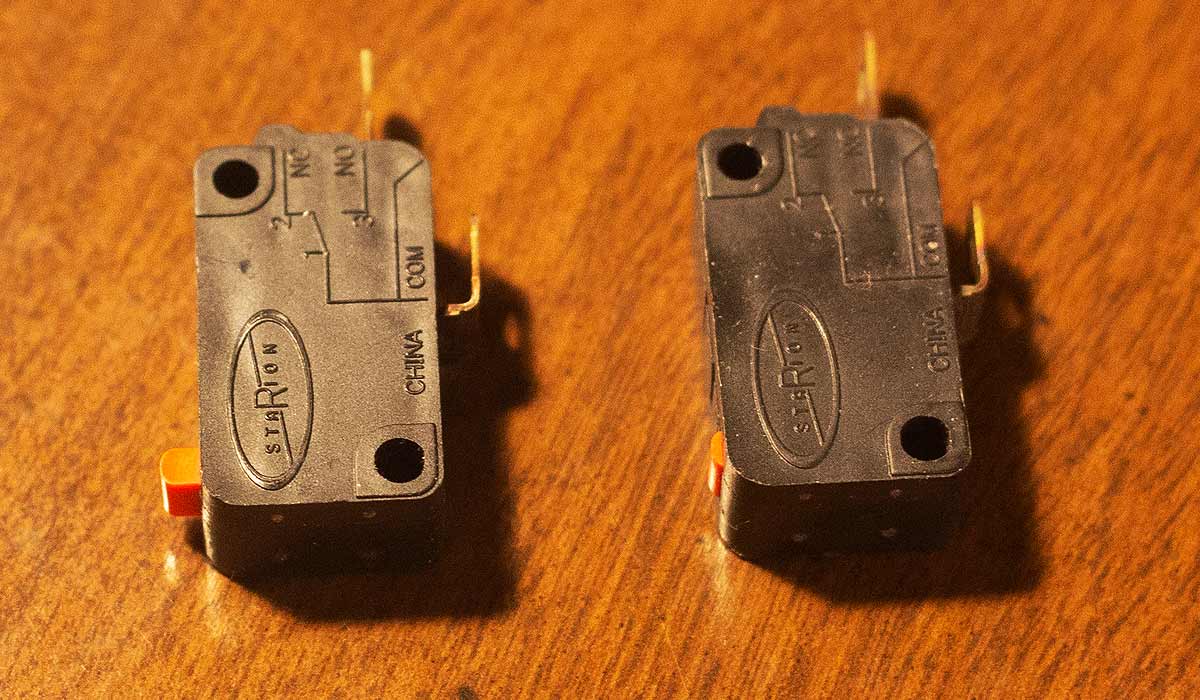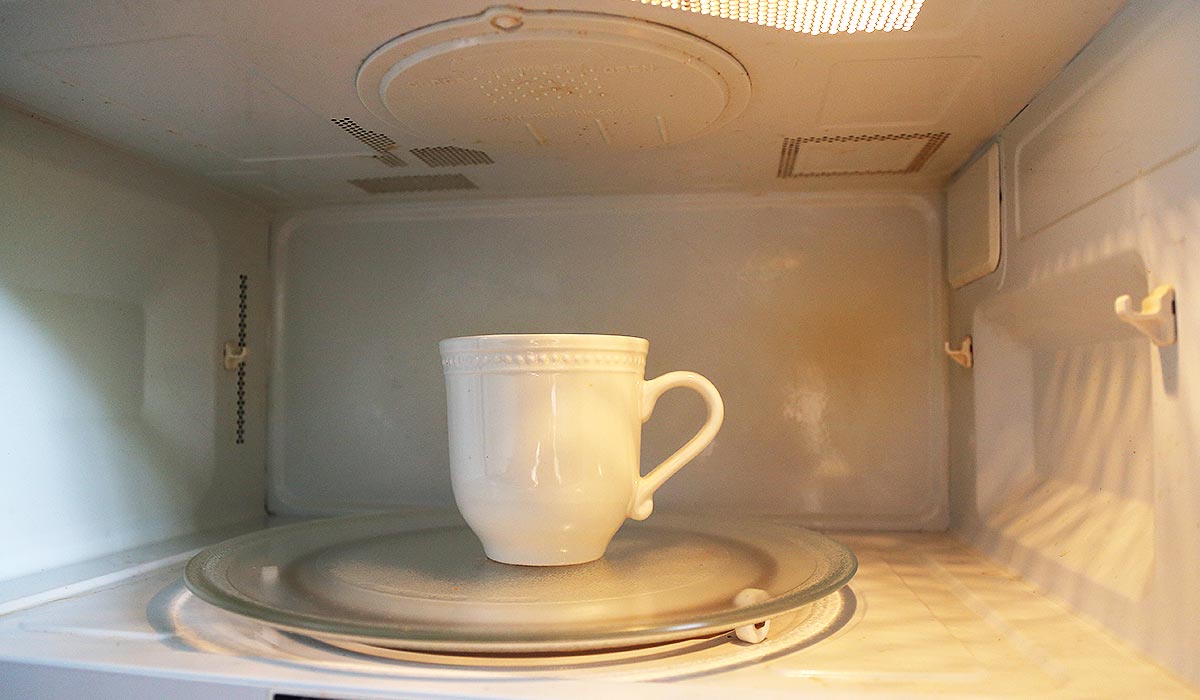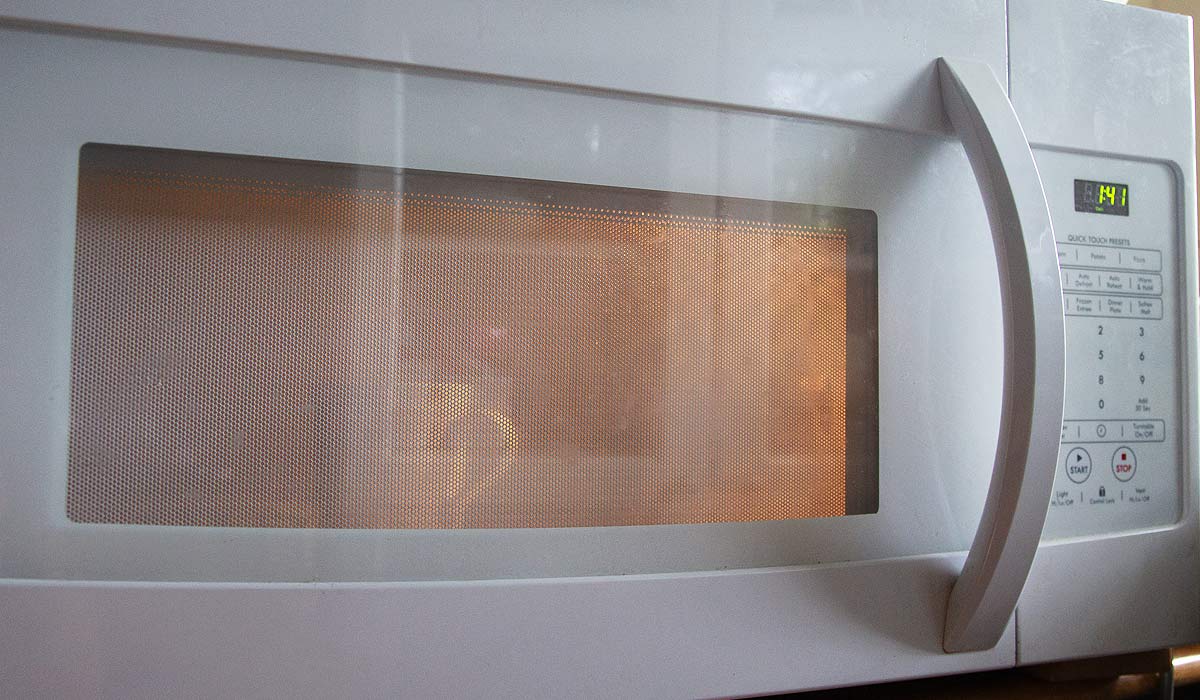A microwave, no hot water and a bit part
I put a cup of water into the microwave to heat it up for tea. Then walked away. Came back a few minutes later and pulled out the cup. It wasn’t hot.
Did I forget to turn on the microwave? Wouldn’t be the first time.
I set the timer and pushed start. Light came on, fan went on. All the right sounds. But the turntable in there wasn’t turning.
So the microwave oven went through all the motions and pretty much looked like it was doing its job, except it wasn’t. No actual microwaves. Nothing heated up.
I went through the whole testing regime. Unplugged and plugged back in. Waited and came back later. Fiddled with the door. No, it closed just as tightly as ever.
So in spite of lights and blowing fan, I had a dead microwave and no hot water. No tea.
Okay, you can heat water for tea on the stove. Like in the old days. Before microwaves. It suddenly hit me: How will we cook if the microwave is dead? Sure, my mom managed that feat for many years. Before we got her a microwave. She took to it so quickly.
Our microwave is built in, over the stove. So even checking it out would mean pulling the whole big thing out of its cavity and placing it on the kitchen table. And being built in, it’s bulkier and more expensive than a table top model. Plus it wasn’t that many years ago I installed this one. Shouldn’t it last a little longer?
I decided to do the 2018 thing: Google it.
Because it wasn’t like it was all dead. Just mostly dead. Like in Princess Bride, there is a big difference between all dead and mostly dead. But it will take a miracle to get back from mostly dead.
I searched on the symptoms I was seeing: Light on, fan blowing, controls working, but no turning of the turntable and no heating.
Could be the turntable motor. Except it might heat and just not turn if that was the case.
More likely the door sensor. Seems there are several sensors that check that the door is properly closed. Not closed — no microwaves. No heat. But everything else works.
Those sensors are bit parts. As in a couple $ for a new switch. But if the switch is bad, the whole microwave won’t do what it’s designed to do.
Online, I found parts drawings for this particular model. Plus places where I could get replacement parts. Apparently I’m not the first person to be denied a hot beverage by a faulty door switch.
According to the diagram, there are 3 (because surely 1 wouldn’t be enough) small switches that sense if the door is open or closed. And if one of them isn’t working right, it’s a fail and the microwave doesn’t operate. I understand the engineering thinking here: Total fail safe. Concerned with safety as in no microwaves escaping through an open door.
Not as concerned with my desire for a hot beverage.
But how do you crack a microwave oven open to get to the insides? It’s one of those “no user serviceable parts inside” things with “high voltage” warnings and definitely no “open here to get to the door switches”.
I started removing screws. It helped that I’d found a parts diagram online so I knew what was behind the smooth white metal cabinet. Gently got in, avoiding the compartment with the high voltage components that some engineer thoughtfully had put in a different location. Amazing how much of the insides of this microwave is just empty space. I found the switches and was able to remove the whole assembly they’re mounted on. Just as well, since there are 3 little switches, each jammed and twisted in place.

When I got them out, it was very obvious which one was broken. No need for a testing tool.
Thanks to Sears Partsdirect, an assembly with 3 new switches already installed in it was soon on its way to me. Because if one switch was broken, it seemed prudent to replace all of them (unless I wanted to repeat this process sometime soon).
A few days later the new assembly arrived and in minutes I had a working microwave oven. For a tiny fraction of what it would cost to replace the whole thing. From mostly dead to alive and working just fine again.
In the process, I had ample time to ponder how we ever got along cooking without microwaves. I was doing everything on the stove or in the oven. That takes longer. I realized that my schedule when it comes to meal prep is totally based on being able to microwave things. I had to rethink cooking and start earlier to have meals ready on time.
Just warming up things also became an issue.
Plus, heating things on the stove, I had to stick around and watch over them.
How quickly we get used to modern conveniences and adapt to life with them.
Not just when it comes to cooking.
Life itself is not too different. Things go along just fine and then one thing, something small, happens and things are not fine. Everything gets affected and we have to change all kinds of things.
I may be fully healthy today and tomorrow wake up with a bad cold. That’s certainly something that is going to change my day (days actually until I get over it, but I wasn’t planning on being sick and we never seem to have time for being sick). Now everything is different.
Or it may be something in a relationship that changes, for better or worse. Or work. Like coming in to work like every other morning and finding out that you’ve been made redundant. Certainly not small, but definitely affects all of life.
In any of those cases, it’s about how we deal with change. With the microwave, I could have declared it dead, headed to an appliance store and purchased a new one. For a tidy sum. Instead I found a small, simple fix.
It’s not always the very first thing that hits us that is the best solution. Spending just a few $ on a new part fixed the problem and got everything back to where it should be.
In life, just as little things can change things up quite a bit, there are often also little things that can put things back together.
When down with a cold, making time for rest, will help us get over it faster.
In a relationship that hit a snag, taking time to really communicate (and deescalate) and maybe get a trusted 3rd party involved, can work wonders to restore things and prevent permanent damage.
With a workplace issue or change, there too getting an outside perspective can be immensely helpful. What was initially a negative event may turn out to be a great opening for something new and better.
With the microwave all put back together and working, I can again enjoy an easy cup of tea (and a quickly warmed up dinner). Life is pretty good. And sometimes the solutions to issues facing us are a lot smaller and simpler than they seemed at first. But may take a little effort finding.

Never miss out!
Get an email update every time I publish new content.
Be the first to know!



